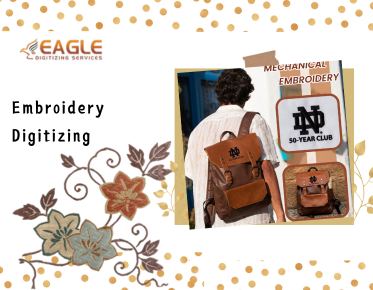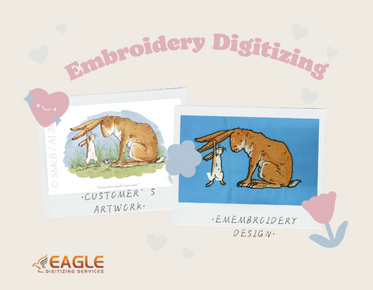Auto Embroidery Digitizing vs Manual Digitizing – Which One Is Right for You?
In the world of embroidery digitizing, choosing between auto and manual digitizing can be a pivotal decision for your business or personal projects. Each method has its own set of advantages and challenges, making it crucial to understand which one aligns best with your needs.
Understanding Embroidery Digitizing
Embroidery digitizing is the process of converting artwork into a digital file that an embroidery machine can read. This file guides the machine on how to stitch the design onto fabric. The digitizing process involves several steps, including selecting the right stitch types, determining stitch directions, and setting the stitch density.
What is Auto Embroidery Digitizing?
Auto embroidery digitizing uses software to automatically convert images into embroidery files. This method is fast and requires minimal manual input, making it ideal for simple designs or when time is of the essence. The software analyzes the image and applies pre-set algorithms to determine the best way to stitch the design.
Advantages of Auto Digitizing
One of the primary benefits of auto digitizing is speed. The process is significantly faster than manual digitizing, allowing for quick turnaround times. Additionally, it requires less expertise, making it accessible to beginners or those who do not have extensive experience in digitizing.
Challenges of Auto Digitizing
Despite its speed, auto digitizing can lack the precision and customization that manual digitizing offers. The software may not always interpret complex designs accurately, leading to potential errors in the final embroidery. This method is best suited for simple designs where detail is not a critical factor.
Exploring Manual Embroidery Digitizing
Manual embroidery digitizing involves a human digitizer using software to meticulously convert an image into an embroidery file. This process allows for greater control over the design, enabling the digitizer to make adjustments for optimal stitch quality and design accuracy.
Advantages of Manual Digitizing
Manual digitizing offers unparalleled precision and customization. A skilled digitizer can adjust every aspect of the design, from stitch types to directions, ensuring the final product meets high-quality standards. This method is ideal for intricate designs where detail and accuracy are paramount.
Challenges of Manual Digitizing
The main drawback of manual digitizing is the time and expertise required. It is a labor-intensive process that demands a high level of skill and experience. As a result, it can be more expensive and time-consuming than auto digitizing.
Choosing the Right Method for Your Needs
When deciding between auto and manual digitizing, consider the complexity of your design, your budget, and your timeline. For simple designs or when speed is crucial, auto digitizing may be the best choice. However, for detailed and intricate designs, manual digitizing is likely the better option.
Future Trends in Embroidery Digitizing
The future of embroidery digitizing is likely to see advancements in software capabilities, making auto digitizing more accurate and versatile. As technology evolves, we can expect to see a blend of both methods, where software assists human digitizers in achieving even greater precision and efficiency.
For those seeking professional embroidery digitizing services, Eagle Digitizing excels in providing expert solutions, ensuring every design is crafted with unmatched precision.


